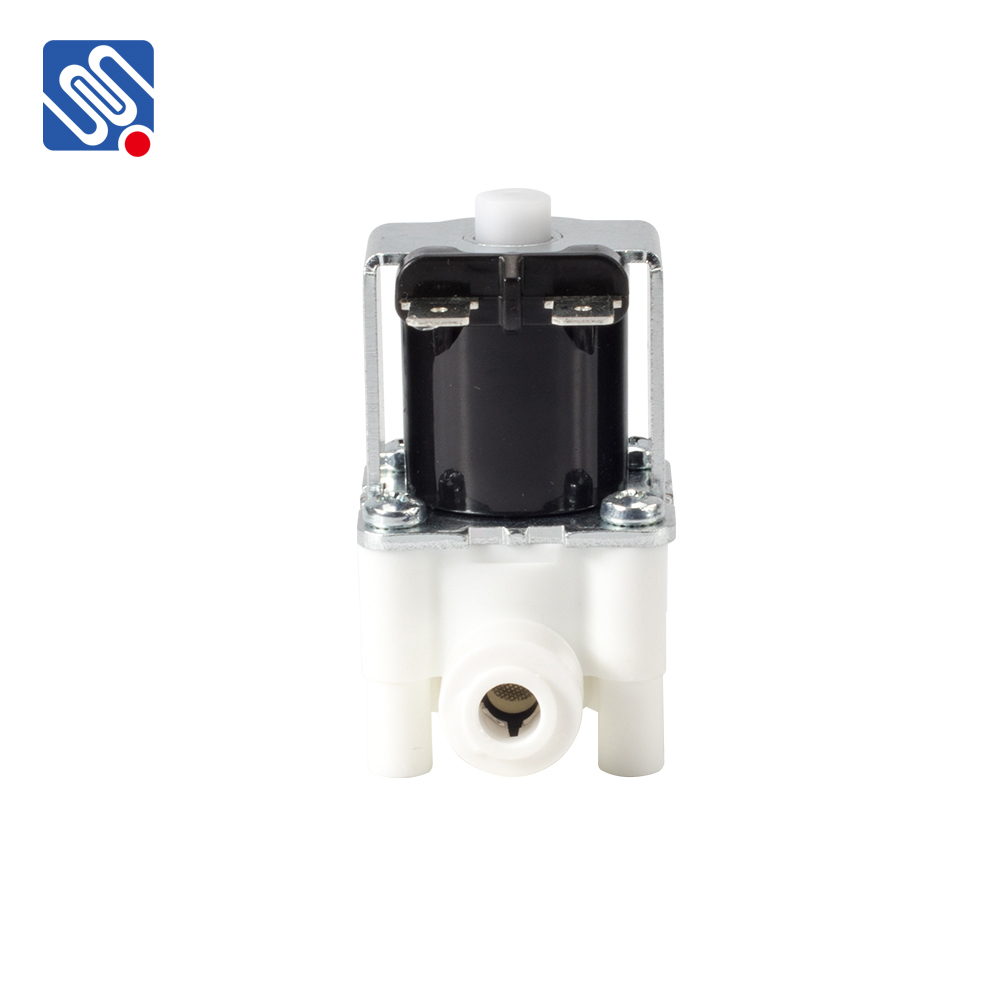understanding the quick open solenoid valve: a key component in fluid control systems
Release time:2025-10-20 21:27:56
In the world of fluid control systems, efficiency and reliability are paramount. One pivotal component that facilitates these qualities is the Quick Open Solenoid Valve. This type of valve plays a crucial role in various industrial applications by enabling rapid control of fluid flow. In this article, we will explore the working principle, applications, benefits, and considerations when using Quick Open Solenoid Valves.

Working Principle
A Quick Open Solenoid Valve works by utilizing an electromagnetic coil that, when powered, generates a magnetic field. This field acts on a movable armature or diaphragm that opens or closes the valve. Most commonly, these valves are designed as normally closed (NC) types, meaning they remain closed until an electrical current is applied. When energized, the valve opens rapidly, allowing fluid to flow through the system. Upon deactivation, the valve closes quickly, stopping fluid flow.
The ability to achieve swift action sets Quick Open Solenoid Valves apart from traditional solenoid valves, making them ideal for applications where timing is critical. Their design often incorporates enhanced spring mechanisms and optimized orifice paths to minimize actuation times.

